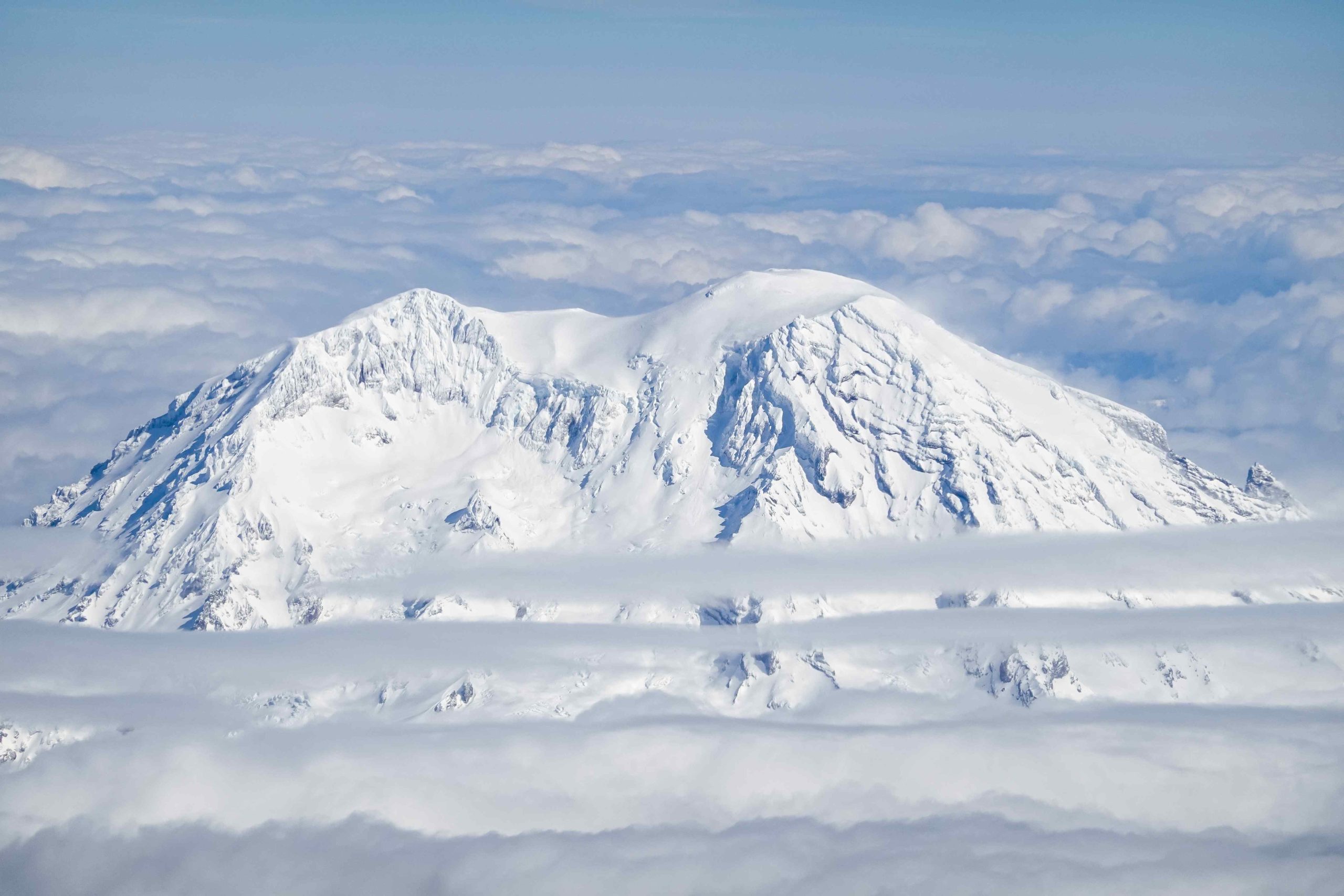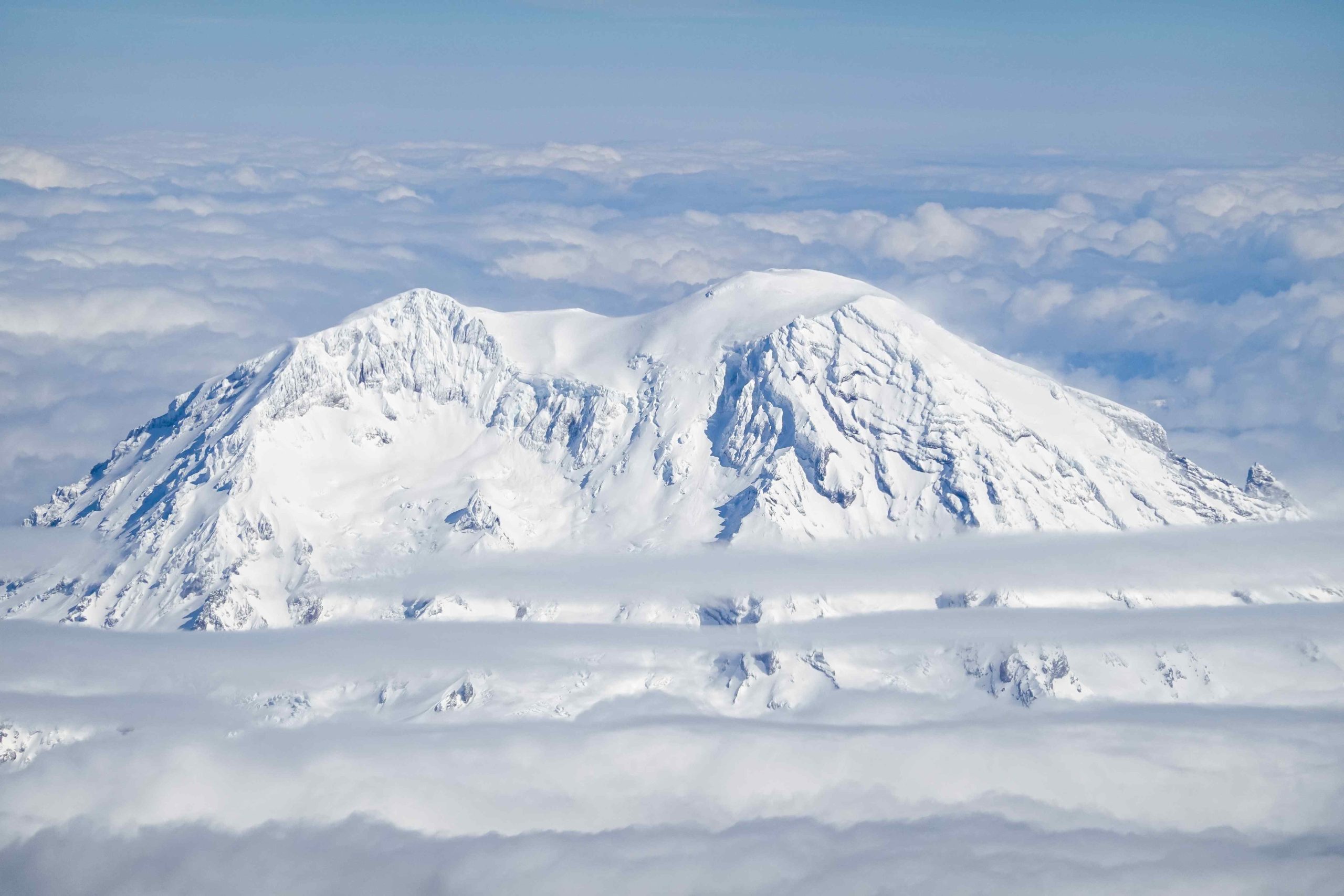Mount Rainier Dick’s Lake is a pristine alpine lake nestled within the rugged wilderness of Mount Rainier National Park. Located along the Palisades Lakes trail, this secluded body of water offers hikers a serene escape amidst stunning natural beauty. The lake is part of a series of interconnected lakes, including Tom and Harry Lakes, and is surrounded by lush forests, vibrant wildflower meadows, and towering peaks. Dick’s Lake provides visitors with opportunities for fishing, camping, and photography, making it a sought-after destination for outdoor enthusiasts exploring the Mount Rainier region.
What is the Trail Like to Reach Mount Rainier Dick’s Lake?

The journey to Mount Rainier Dick’s Lake is an adventure in itself. Here are the key details of the trail:
- Distance: 7-mile round trip
- Elevation Gain: 1,800 feet
- Difficulty: Moderate
- Trail Type: Out and back
The Palisades Lakes trail, which leads to Dick’s Lake, offers hikers a diverse and scenic experience. Along the way, you’ll encounter:
- Sunrise Lake
- Clover Lake
- Tom, Dick, and Harry Lakes
- Upper Palisades Lake
The trail is known for its breathtaking views of the Palisades rocks and Marcus Peak. As you hike, you’ll be surrounded by seas of wildflowers, particularly lupine, which paint the landscape in vibrant hues during the summer months.
Can You Fish at Mount Rainier Dick’s Lake?

While specific fishing regulations for Dick’s Lake are not readily available, fishing in Mount Rainier National Park generally follows these guidelines:
- Only catch-and-release fishing is allowed in most lakes and streams
- Artificial lures and flies are required
- A valid Washington state fishing license is necessary
- Additional permits may be required by the national park
Common fish species in the park’s lakes include various types of trout. However, it’s essential to check with park authorities for the most up-to-date and specific regulations regarding fishing at Dick’s Lake.
What Are the Camping Options Near Mount Rainier Dick’s Lake?
For those looking to extend their stay and immerse themselves in the wilderness, camping near Mount Rainier Dick’s Lake is possible. Here’s what you need to know:
- Designated Camping Areas: Camping is allowed at the Dick’s Lake camp, a designated wilderness campsite.
- Permits: A Wilderness Camping Permit is required for all backcountry camping in Mount Rainier National Park.
- Restrictions: Camping is not permitted at nearby Hidden Lake.
- Fire Regulations: Fires may be allowed in designated campsites but are subject to seasonal restrictions and may require a fire permit.
To ensure a smooth camping experience, it’s recommended to:
- Obtain permits in advance from the Longmire Wilderness Information Center
- Check current fire regulations before your trip
- Practice Leave No Trace principles to preserve the natural environment
What Makes Mount Rainier Dick’s Lake a Photographer’s Paradise?
Mount Rainier Dick’s Lake and its surrounding area offer numerous opportunities for stunning photography. Here are some key features that make it a photographer’s dream:
Scenic Vantage Points
- Hidden Lake: A 0.5-mile side trip offers breathtaking reflections of the Upper Palisades rocks and Marcus Peak
- Upper Palisades Lake: Known for its scenic beauty, featuring wildflowers, large boulders, and sandy shores
Best Times for Photography
- Early morning: Ideal for capturing reflections and soft light conditions
- Summer months: Peak season for wildflower blooms, particularly lupine
Natural Features and Wildlife
- Alpine lakes with crystal-clear waters
- Surrounding peaks and rock formations
- Diverse flora, including vibrant wildflower meadows
- Opportunities to spot wildlife such as pikas and marmots
| Photography Subject | Best Time | Location |
|---|---|---|
| Lake Reflections | Early Morning | Hidden Lake, Upper Palisades Lake |
| Wildflowers | Summer | Throughout the trail |
| Wildlife | Dawn/Dusk | Along the trail and near lakes |
| Panoramic Views | Clear days | Various viewpoints on the trail |
How Challenging is the Hike to Mount Rainier Dick’s Lake?
The hike to Mount Rainier Dick’s Lake is considered moderate in difficulty. Here’s a breakdown of what to expect:
- Trail Condition: Well-maintained but can be rocky and steep in sections
- Elevation Gain: 1,800 feet over 3.5 miles (one way)
- Terrain: Varied, including forest paths, meadows, and some rocky areas
- Physical Demand: Requires a good level of fitness due to the elevation gain
Hikers should be prepared for:
– Changeable weather conditions
– Potential snow patches, especially early in the season
– Carrying sufficient water and snacks
– Wearing appropriate hiking boots and layered clothing
What is the Best Time to Visit Mount Rainier Dick’s Lake?
The optimal time to visit Mount Rainier Dick’s Lake depends on your preferences and the activities you’re interested in:
Summer (July to September)
- Pros:
- Peak wildflower season
- Warmest temperatures
- Most accessible trail conditions
- Cons:
- Busiest time with more hikers
- Potential for afternoon thunderstorms
Late Spring/Early Fall (June and October)
- Pros:
- Fewer crowds
- Beautiful transitional landscapes
- Cons:
- Possible snow on the trail
- Cooler temperatures
Winter (November to May)
- Pros:
- Serene, snow-covered landscapes
- Opportunities for snowshoeing or cross-country skiing
- Cons:
- Challenging access and trail conditions
- Requires winter hiking experience and equipment
What Wildlife Might You Encounter at Mount Rainier Dick’s Lake?
The area around Mount Rainier Dick’s Lake is home to diverse wildlife. Visitors might have the chance to observe:
- Pikas: Small, rabbit-like mammals often seen in rocky areas
- Marmots: Large ground squirrels that inhabit alpine and subalpine regions
- Black bears: Occasionally spotted in forested areas (proper food storage is essential)
- Mountain goats: Sometimes seen on higher, rocky slopes
- Various bird species: Including Clark’s nutcrackers and gray jays
Remember to maintain a safe distance from all wildlife and never feed animals in the park.
How Can You Prepare for a Trip to Mount Rainier Dick’s Lake?
Proper preparation is key to enjoying your visit to Mount Rainier Dick’s Lake. Here’s a checklist to help you get ready:
- Obtain Necessary Permits:
- Wilderness Camping Permit (if camping)
-
National Park entrance pass
-
Pack Essential Gear:
- Sturdy hiking boots
- Weather-appropriate clothing (layers recommended)
- Rain gear
- Sun protection (hat, sunscreen, sunglasses)
- First aid kit
-
Navigation tools (map, compass, or GPS device)
-
Bring Adequate Supplies:
- Plenty of water (and water filtration system for longer trips)
- High-energy snacks and meals
- Emergency shelter (for day hikers)
-
Camping equipment (if staying overnight)
-
Check Current Conditions:
- Trail status and any closures
- Weather forecast
-
Fire restrictions
-
Inform Others:
- Leave your trip plan with a trusted person
- Carry an emergency communication device
By following these guidelines and respecting the natural environment, you can ensure a safe and enjoyable experience at Mount Rainier Dick’s Lake, one of the park’s hidden gems.
